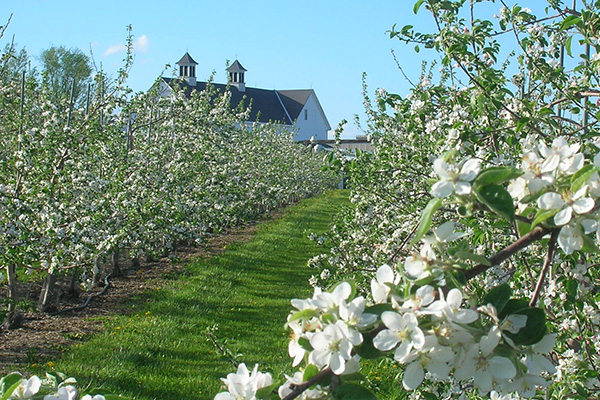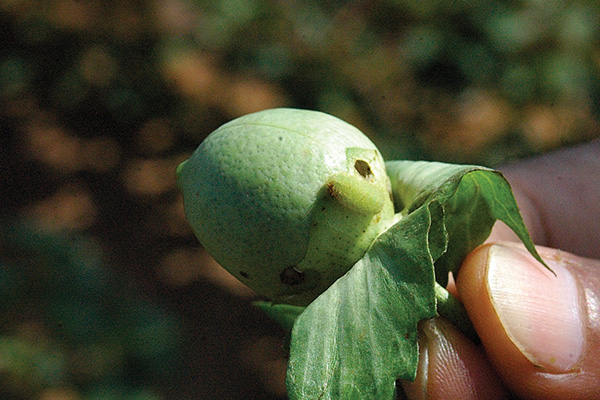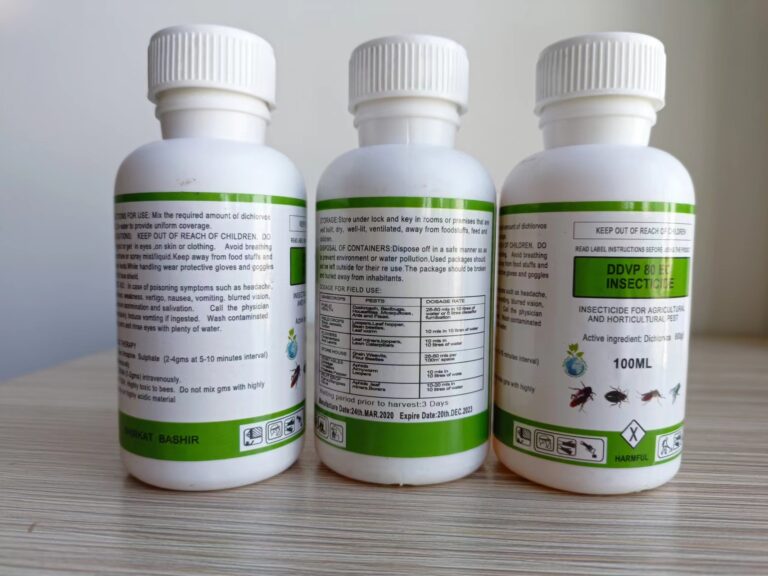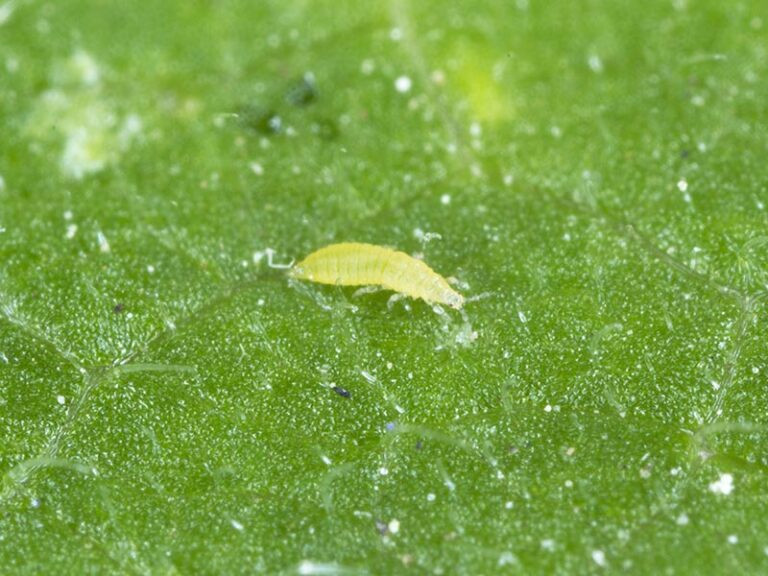Cotton bollworms signs and symptoms
The incubation period of cotton bollworm eggs is about 3-7 days, the larval stage is 15-20 days, the pupae are about 18 days, and cotton bollworm adults generally survive for 7-10 days.
The larvae have six, sometimes five, instars and initially feed on the growing points, buds and flowers of the cotton plant. As they mature, they begin to feed on the cotton bolls. One larvae is capable of damaging 10-20 buds or bolls. Infected buds fail to open properly and may wilt and drop prematurely. Affected bolls will develop dark brown, water-soaked spots. Eventually it becomes covered in black spots and falls off.
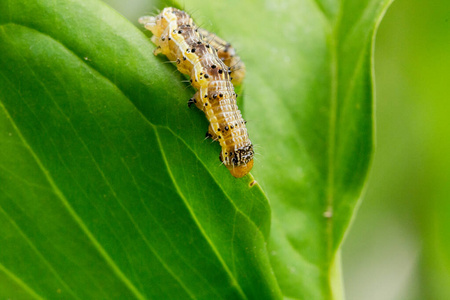
How does bollworm affect cotton
The first generation of larvae feed primarily on leaves, leaving behind characteristic indentations and a distinct rancid odor. Some larvae also target the growing points of cotton plants, preventing stem growth. Additionally, they may spread the damage, making it difficult to locate all affected plants.
The second generation usually causes damage from late June to early July, mainly damaging cotton flowers. These larvae, similar to the first generation, are relatively uniform and difficult to control as they tend to burrow into flowers, which close at noon, making pesticide application difficult, especially in the absence of systemic pesticides.
In the third generation, bollworms no longer show consistency, emergence times vary, and generation overlap may occur. During this stage, from first to sixth instar larvae, damage intensifies, especially during the boll-setting stage, as the bollworm may move from one boll to another, causing severe damage and seriously affecting cotton yields.
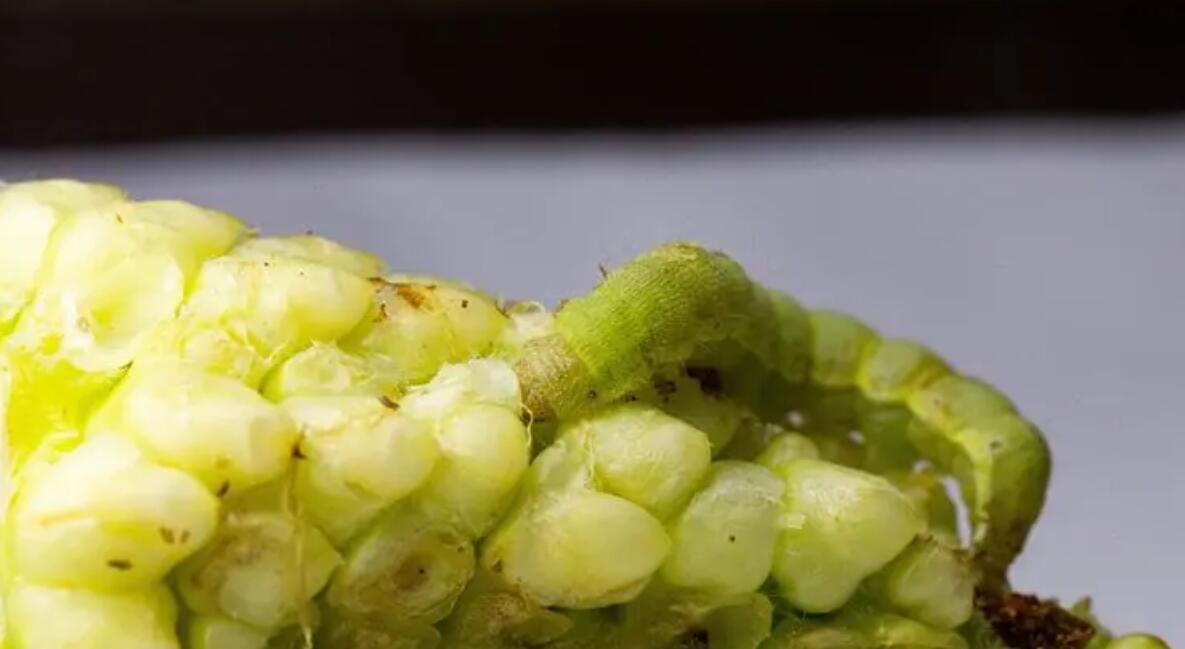
How to Control Bollworms
In terms of control measures, monitoring moth populations and scouting for larvae is crucial. High moth numbers indicate the need for intervention. Direct inspection of cotton plants is also important and treatment is recommended if 5 or more larvae or eggs are found per 100 plants.
Additionally, understanding regional pest monitoring data is critical. If pest pressure is high in cotton bollworm areas or climate conditions are conducive to bollworm outbreaks, proactive measures should be taken.
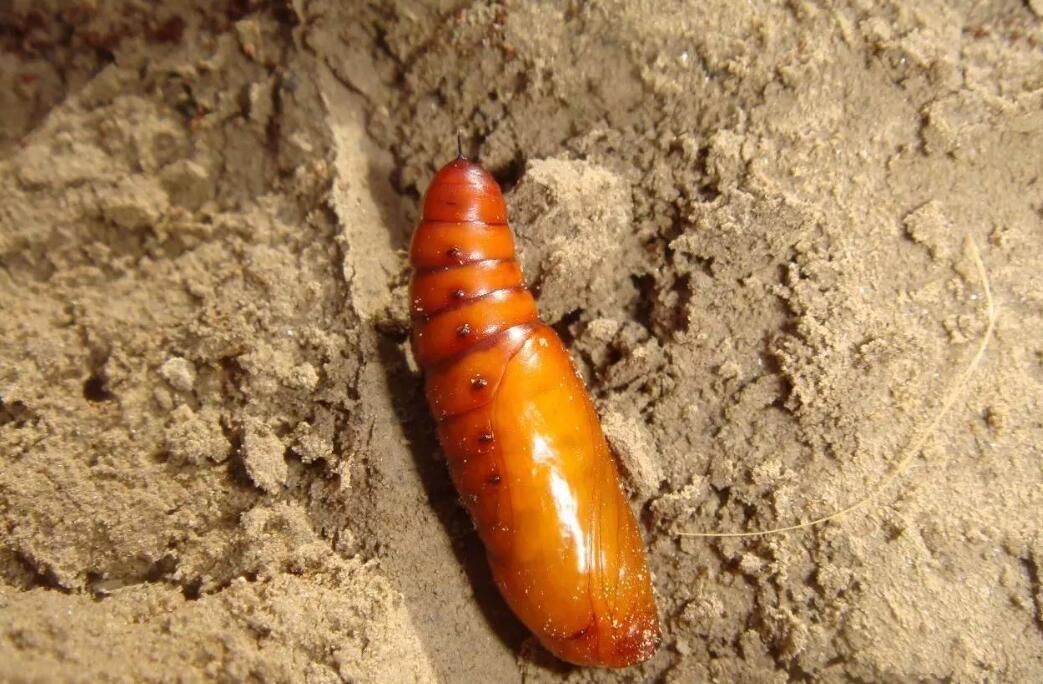
Integrated pest management involves biological and chemical control. While the eggs are incubating, natural enemies such as parasitic wasps can be used. Moth populations can also be reduced using physical methods such as pheromone traps and black light traps.
When biological and physical methods are insufficient, chemical controls become necessary. However, careful selection of pesticides is critical to minimizing non-target impacts. Among several options, pyrethroid insecticides are effective against cotton bollworms. For example Lambda-cyhalothrin, Beta cypermethrin, Alpha cypermethrin, Cypermethrin. However, it should be used with caution to avoid the development of resistance and minimize ecological harm.


